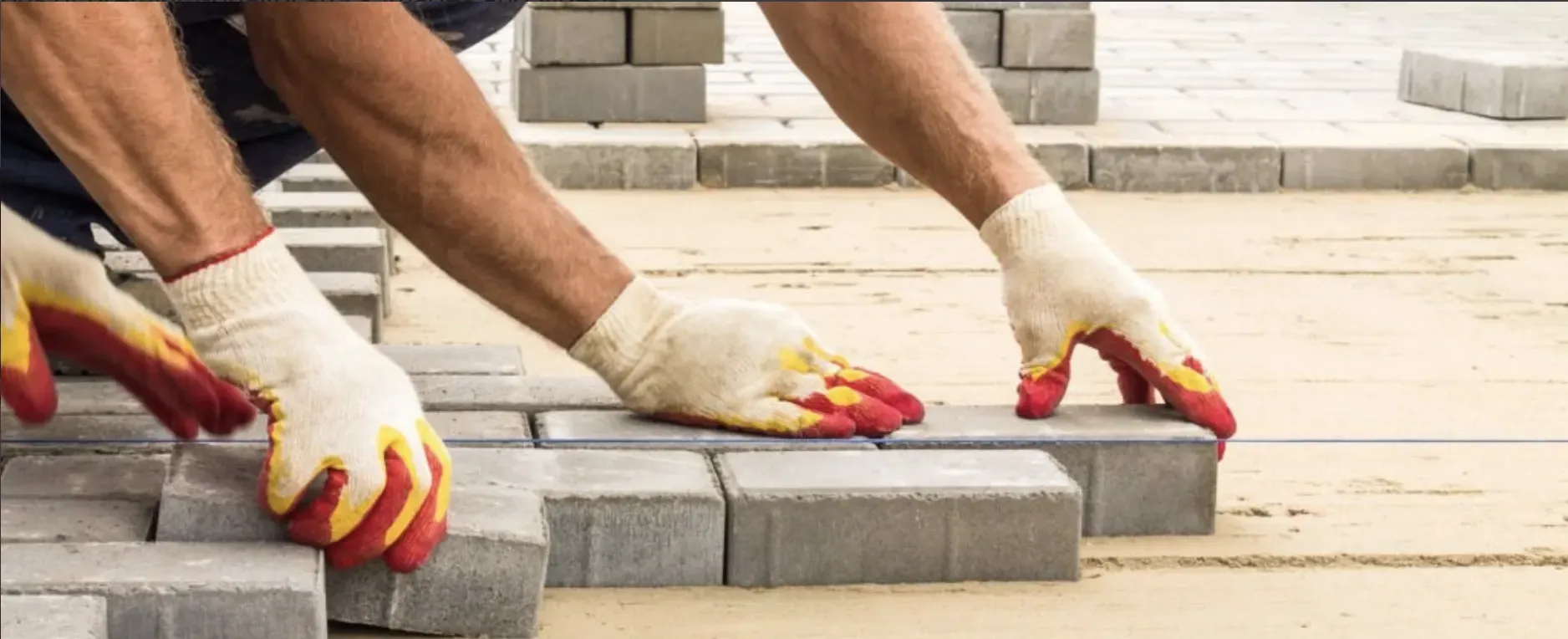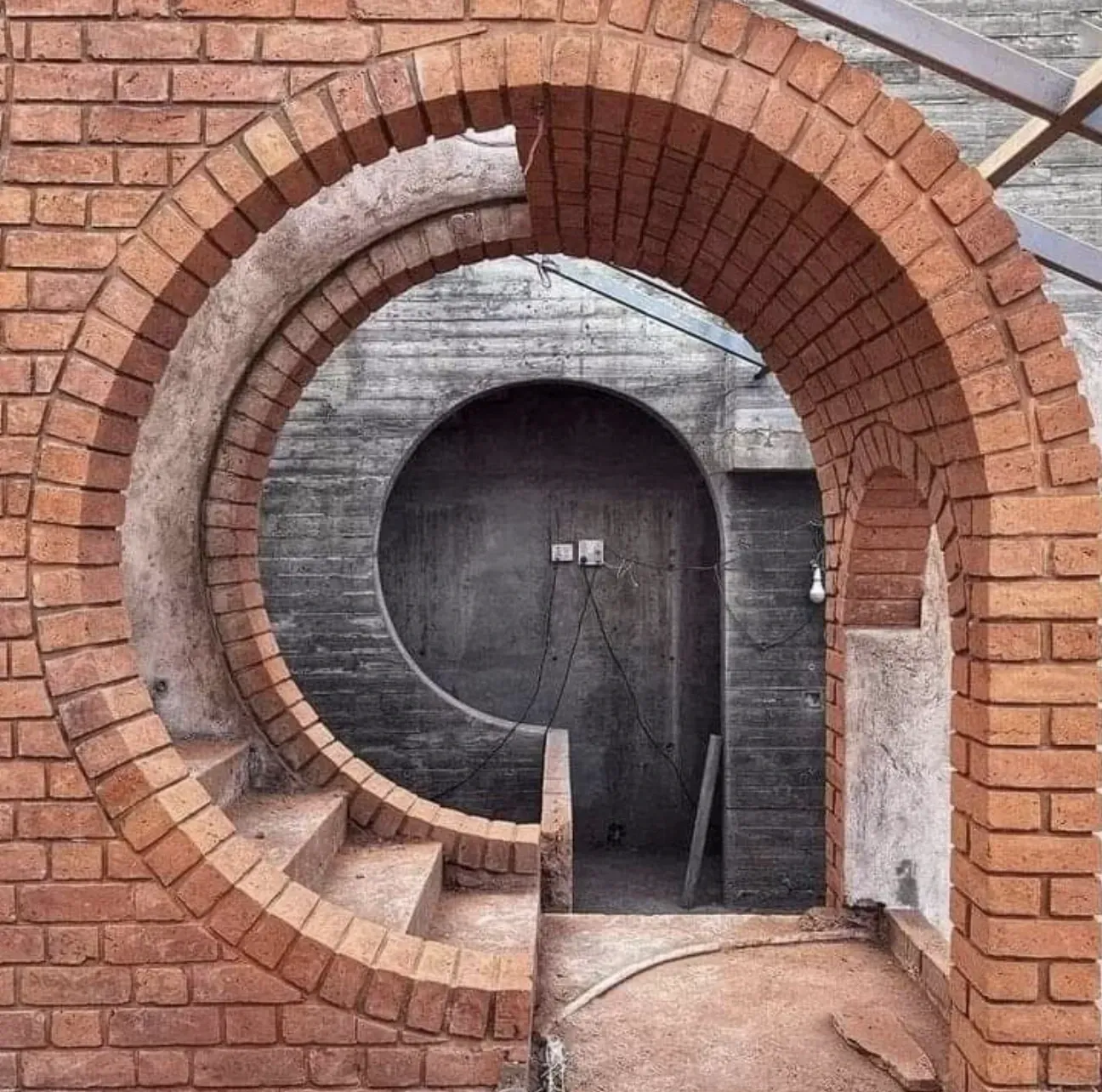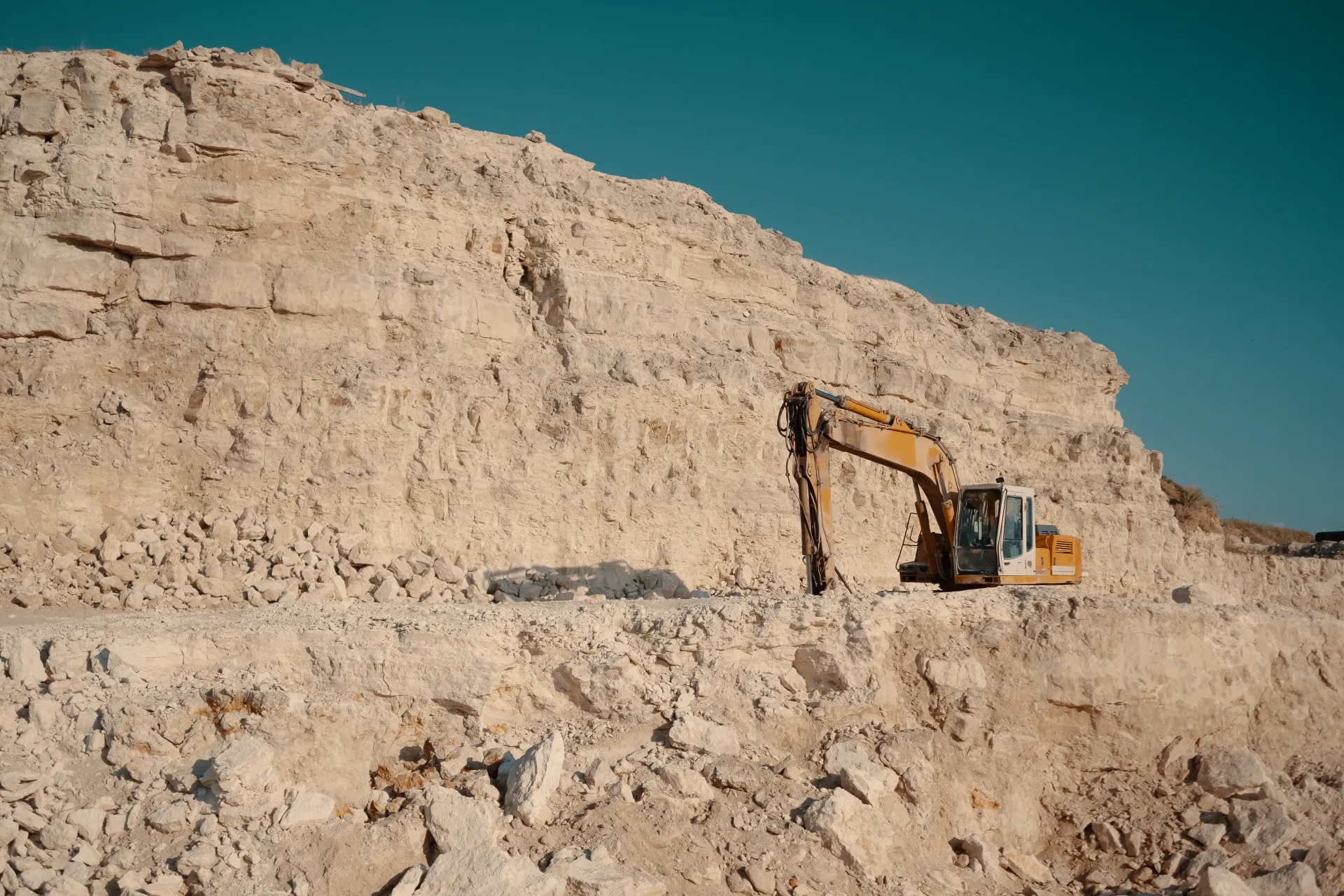The Role of Construction Bricks in Modern Architecture
When it comes to building materials, construction bricks play a crucial role in constructing durable and long-lasting structures. Among the many available options,
bricks remain one of the most fundamental construction materials, allowing for modular, optimal, and versatile designs.
In this blog post, we will explore their materials, production methods, and common uses to help you understand their significance in modern architecture.

Common Clay Bricks
Common clay bricks are traditionally the most widely used type. Made primarily from clay, sand, and silt, these bricks are first dried and then fired in kilns at temperatures ranging from 900°C to 1200°C to ensure durability.
Since clay is a natural material derived from soil, the bricks' color depends on the location of production. These bricks can be solid, hollow, or thin and are used in different parts of buildings, including structural and façade elements.
In regions like Malaysia, clay bricks Malaysia are widely used in residential and commercial projects due to their excellent thermal insulation and aesthetic appeal.

Cement Sand Bricks
Cement sand bricks, also known as concrete bricks, serve as an alternative to traditional clay bricks. They are produced by mixing cement, sand, aggregates, additives, and water, followed by high-pressure compression to achieve the desired shape and density. These bricks undergo steam curing to enhance their strength.
Commonly used as structural blocks, they must be tested to meet performance standards, yet they are also utilized for finishing walls. Similar to ceramic bricks, they are among the most commonly used construction materials today.
Applications of Bricks in Construction
Besides materials and production methods, understanding different brick types' applications in construction is essential. In traditional beam and column structures, bricks contribute significantly to various building projects, each offering distinct advantages.
Uses of Common Clay Bricks:
- Ideal for walls and structural support in residential buildings, apartments, and housing projects.
- Frequently used in railway infrastructure and construction, including bridges, platforms, and embankments.
- Commonly applied in drainage systems and erosion control structures.
Uses of Cement Bricks:
- Suitable for sidewalks, gardens, residential areas, and landscaping projects.
- Preferred for industrial and commercial buildings, serving as high-strength walls, partitions, and factory flooring.
- Widely utilized in open public spaces and pedestrian walkways due to their durability and cost efficiency.
Brick Finishes and Decorative Applications
Beyond these conventional applications, bricks also function as decorative elements or cladding, enhancing aesthetics while ensuring structural integrity and exterior protection. This makes buildings more efficient and long-lasting.
Brick Cladding
In this application, bricks serve as an enclosure rather than a load-bearing structure. Therefore, understanding their thermal and acoustic properties is essential. In some cases, insulation must be applied before cladding, while in others, the inherent advantages of materials such as solid clay bricks, which offer high thermal mass, help stabilize indoor temperatures.

Decorative Bricks
Exposed brick finishes often feature visible cement sand bricks treated with sealants, resins, or acrylic coatings to improve durability and appearance. Sometimes, decorative brick finishes do not require full-sized bricks, with tiles serving as a practical alternative.
Additionally, specialty bricks such as glass bricks, screen bricks, or brick planters add unique visual effects to buildings. These decorative options enhance spatial texture, cater to various design styles, and bring distinctive character to architectural projects.
Conclusion
Both common clay bricks and cement sand bricks offer clear advantages in terms of materials and production methods.
Common clay bricks are favored for their traditional aesthetic appeal and thermal insulation properties, while cement sand bricks stand out for their durability, cost-effectiveness, and sustainability. Additionally, both types can be used decoratively, adding functionality and visual interest to buildings.
Choosing the right brick type depends on the specific requirements of a construction project, ensuring a balance between strength, cost, and sustainability.
For more insights into construction materials and their applications, stay tuned to the blog from
Nanyang Expertise in Malaysia!



